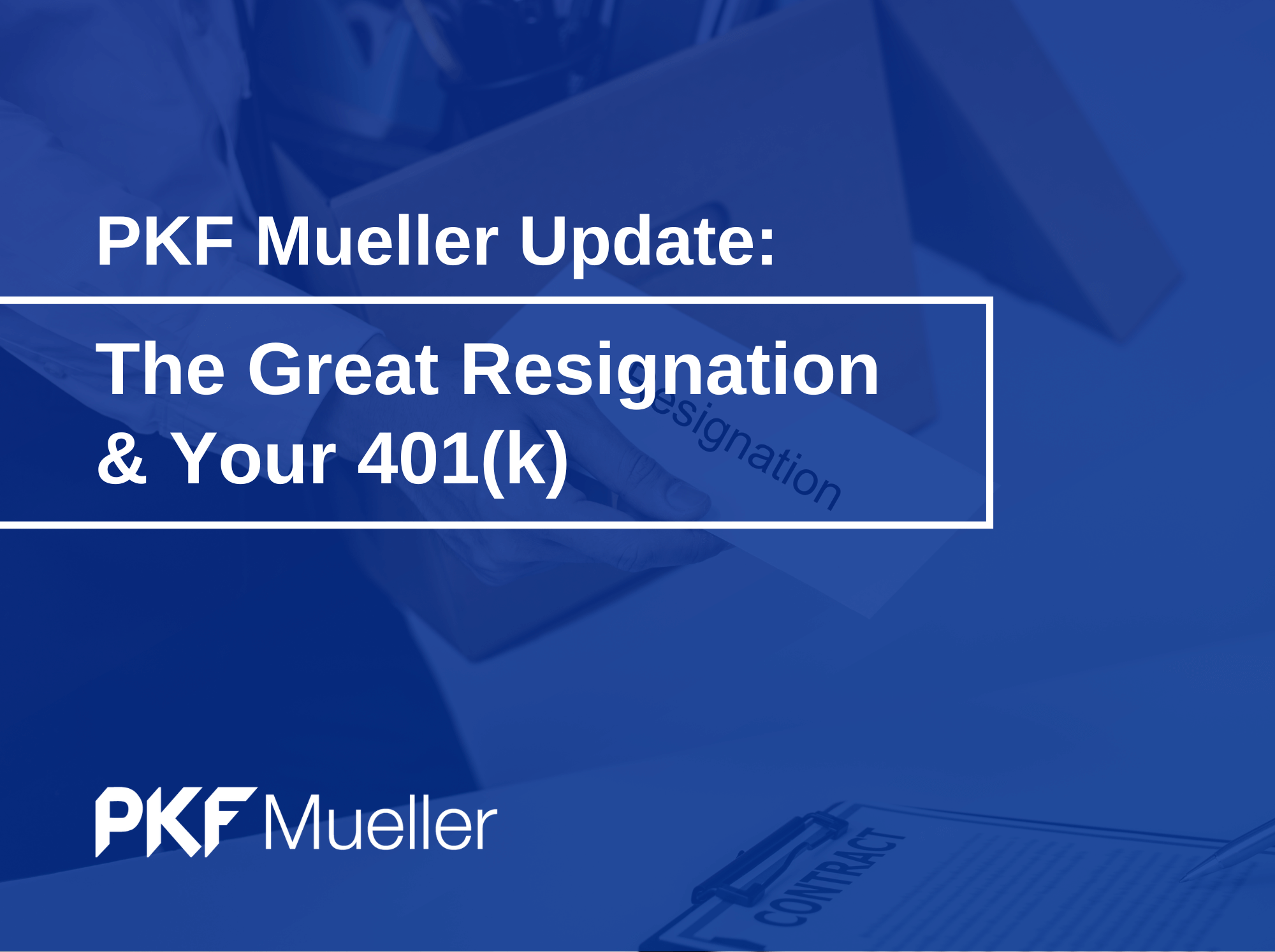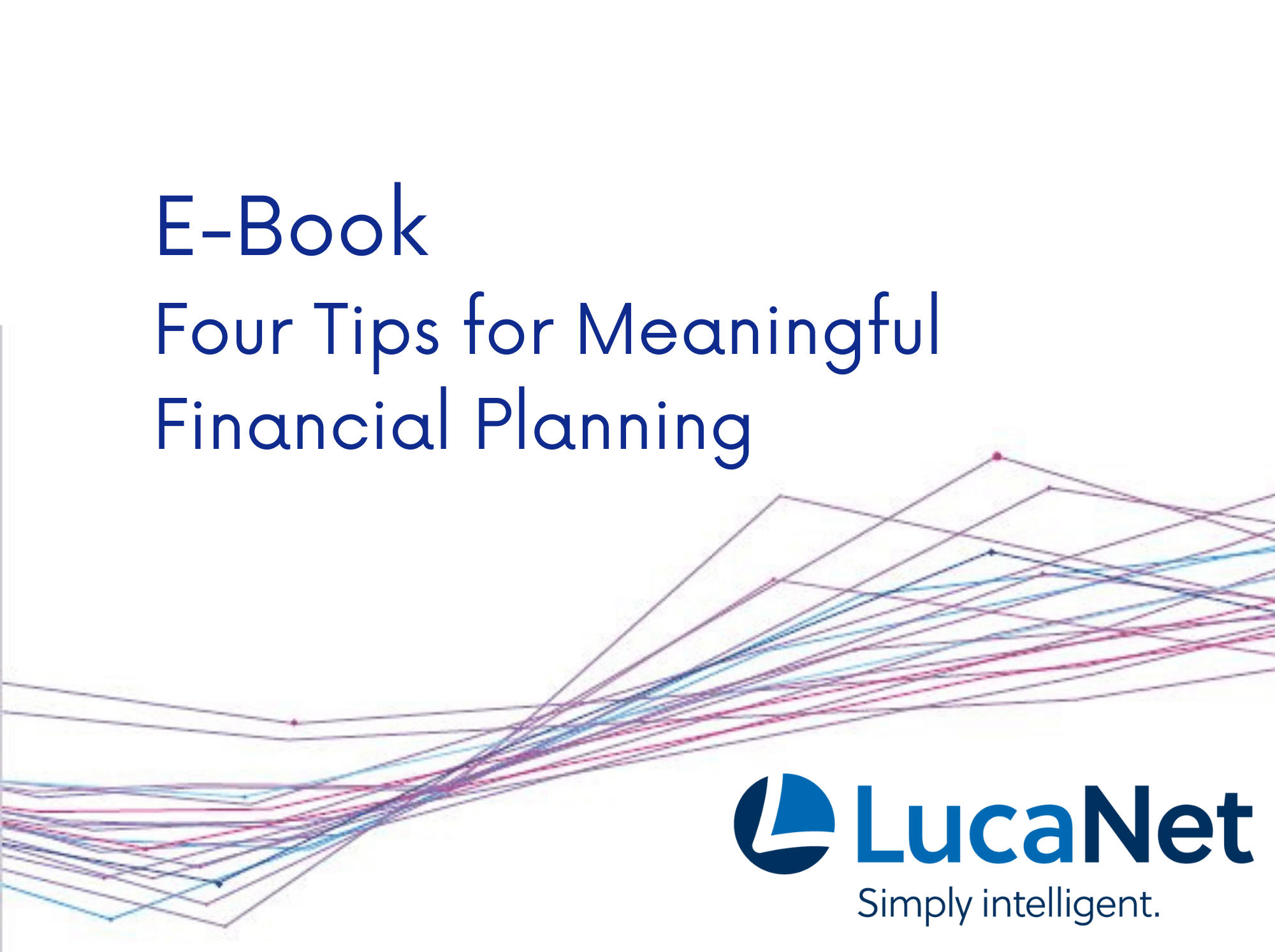THE MONTH IN BRIEF
In June, an overseas referendum affected American stocks more than any domestic event. The United Kingdom unexpectedly voted to leave the European Union, and news of the Brexit rocked financial markets worldwide. Even so, the S&P 500 began to recover quickly – it actually gained 0.09% for the month. Fresh economic reports made the U.S. look like the proverbial best house in a bad neighborhood – even if the economy was underperforming compared to past decades, America was at least faring better than some other nations and regions. While the latest jobs report was mystifying, personal spending, retail sales, and consumer confidence were bright spots.
DOMESTIC ECONOMIC HEALTH
Stateside, most of the key economic indicators pointed up rather than down. You could even say that about the most retrospective of all of them: the quarterly growth estimate from the Bureau of Economic Analysis. In June, the BEA upgraded Q1 GDP from its second estimate of 0.8% to a final mark of 1.1% (its initial appraisal was just 0.5%).
According to the Department of Commerce, consumer spending rose another 0.4% in May, with household incomes rising 0.2%. Households were also buying plenty of goods and services in May: retail sales were up 0.5% in that month; core retail purchases, 0.4%.
How about consumer confidence? The most respected of all the monthly polls, that of the Conference Board, showed major improvement in June. The CB’s consumer confidence index jumped from a May mark of 92.4 to 98.0 (admittedly, the CB’s surveys were compiled before news of the Brexit). The other important consumer barometer, the University of Michigan’s consumer sentiment index, declined 1.2 points in June to 93.5.
Inflation was not yet a pressing concern on Main Street, but the Federal Reserve and economists were keeping their eyes on it. Consumer prices advanced 0.2% in May. The core Consumer Price Index also rose 0.2%, taking its 12-month gain to 2.2%.
On the factory front, the Institute for Supply Management’s manufacturing purchasing manager index showed another month of mild industry growth in May with a reading of 50.7, improved from 50.5. ISM’s services PMI showed a mark of 52.9, a concerning falloff from the prior 55.7 reading. Still, both sectors had expanded. Hard goods orders were down 2.2% in May, 0.7% minus transportation orders; U.S. industrial output was down 0.4%.
The May jobs report was one of the strangest in the past few years, and also one of the weakest. Joblessness fell to 4.7%, the lowest level since November 2007 – but that happened largely because of a dip in the labor force participation rate. The U-6 rate, which measures both underemployment and unemployment, held at 9.7%. Just 38,000 net new jobs appeared in May; economists surveyed by Dow Jones Newswires had forecast a gain of 155,000. Either productivity had improved to the point where fewer new workers were needed, or certain industries were less healthy than believed.
Did the Brexit vote wipe out any chance of the Federal Reserve raising interest rates this year? From Wall Street’s point of view, yes. By late June, traders were putting the chances of a 2016 rate hike at 8%. In fact, they saw a 10% chance of a rate cut in July, and more than a 20% chance of a cut by early 2017.
GLOBAL ECONOMIC HEALTH
The Brexit took investors worldwide by surprise, especially since polls of the U.K. electorate indicated it would not happen just a day before it did. Benchmarks were thrown for a loop: June 23 saw Japan’s Nikkei 225 drop 7.9%; France’s CAC 40 fall 8.0%; and Germany’s DAX drop 6.8%. While the FTSE 100 only gave back 3.1% in London, the pound touched a 31-year low. The S&P 500 lost 3.6%. Both Fitch and Standard & Poor’s downgraded the U.K.’s credit rating after the vote.
Just how abruptly will the United Kingdom leave the European Union? Entering July, this was the big question institutional investors wanted answered. No ready answer exists.
A Brexit could take as little as two years if the U.K. invokes Article 50 of the Treaty on European Union. Once the U.K. does that, the Brexit proceeds and cannot be undone. The Brexit vote is not legally binding, however; if the U.K. never invokes Article 50, there will be no Brexit (admittedly, this is improbable). Once Article 50 is brought into play, the E.U. and U.K. must hammer out a deal within two years to let the U.K. sustain trade preferences and other benefits it gained from E.U. membership. Otherwise, there is the risk of the E.U. simply cutting the U.K. loose with little mercy. Some analysts wonder if Scotland or Northern Ireland might try to block the Brexit, or if a second, “do-over” referendum might be arranged for U.K. voters awakening to the possibility of a recession and years of economic uncertainty.
As June ended, fallout from the Brexit in the Asia Pacific region was aiding the yen, but hurting emerging market currencies, and casting doubts about China’s ability to negotiate free trade with the E.U. Would it dent growth? As BBC News commented, that seemed unlikely. Economic expansion of around 5% in 2016 was still projected for many Asia Pacific nations.
WORLD MARKETS
How large were the losses suffered by European indices in June? Well, very large: the CAC 40 slipped 5.95%; the DAX, 5.68%; the Euro Stoxx 50, 6.54%; the IBEX 35, 9.64%; and the FTSE MIB, 10.14%. Bucking the trend, the United Kingdom’s FTSE 100 index rose 4.39%, while Russia’s RTSI advanced 2.92%.
Elsewhere, Canada’s TSX Composite was even flatter than the S&P 500 was for June (-0.01%). Mexico’s IPC All-Share rose 1.12%; Brazil’s Bovespa, an impressive 6.30%. India’s Sensex pulled off a 1.24% June gain, and Taiwan’s TAIEX improved 1.53%; Indonesia’s IDX Composite jumped 4.58%. Other Asia Pacific benchmarks were hit with losses. The Nikkei 225 dropped 9.63%; the S&P/ASX 200, 2.70%; the KOSPI, 0.66%; the Hang Seng, 0.10%; and the Dow Jones Shanghai, 0.09%. June also brought retreats of 1.28% for the MSCI World index and 3.30% for the MSCI Emerging Markets index.
COMMODITIES MARKETS
Natural gas was the standout energy commodity in June, soaring 28.28% on the NYMEX. WTI crude settled at $48.44 on June 30, losing 0.76% in June even with inventories shrinking for the summer travel season. Unleaded gas futures lost 6.07% for the month, but heating oil futures gained 0.19%.
Metals had a very good June; in part, thanks to the news of the impending Brexit. Gold closed at 1,325.30 on the COMEX June 30, rising 8.98% on the month – but that paled next to silver’s 17.80% climb to $18.83. Platinum rose 4.33% for June; copper, 5.36%. The U.S. Dollar Index ended June little changed from the end of May, rising but 0.02 points to 95.82.
Coffee and sugar ruled the ag sector in June. Coffee futures rose 17.65%; sugar futures, 19.04%. Soybeans did well, gaining 9.09%. Corn futures slid 11.11%; wheat futures, 7.51%. In between those extremes, cotton futures advanced 3.57%; cocoa futures, 0.26%.
REAL ESTATE
Existing home sales improved by another 1.8% in May. The National Association of Realtors estimated the annualized sales pace at 5.53 million. NAR’s pending home sales index, however, slipped 3.7% in May, giving back nearly all of its 3.9% April advance. New home buying tailed off 6.0% in the fifth month of the year, the Census Bureau reported.
As for the key housing indicators that didn’t involve sales, the April edition of the S&P/Case-Shiller 20-city composite home price index showed a 5.4% overall gain (as opposed to 5.5% in March). Census Bureau data showed a 0.7% May rise for building permits but 0.3% less groundbreaking.
June ended with mortgage rates even lower than they had been near the end of May. The reduction was dramatic. In Freddie Mac’s June 30 Primary Mortgage Market Survey, average interest rates stood as follows: 30-year FRM, 3.48%; 15-year FRM, 2.78%; 5/1-year ARM, 2.70%. Compare that with data from the May 26 edition of the PMMS: 30-year FRM, 3.64%; 15-year FRM, 2.89%; 5/1-year ARM, 2.87%.
LOOKING BACK…LOOKING FORWARD
Wall Street took the news of the Brexit hard, but then rallied. At the close on June 30, the Dow was at 17,929.99 (+0.80% for the month), and the S&P 500, at 2,098.86 (+0.09% on the month). The Nasdaq had a negative June, going -2.13% for the month to 4,842.67. Small caps lost a little ground – the Russell 2000 ended the month 0.19% lower at 1,152.43. Concluding June at 15.63, the CBOE VIX gained 10.15% for the month.
Wall Street has made many comebacks through the years from market disruptions. June witnessed another. While stocks plummeted on June 24 after the referendum, the month ended with the S&P 500 gaining nearly 100 points in three trading sessions. On June 30, the index settled only 14.46 points below where it had closed on June 23. July will certainly not be absent of turbulence, but this is an illustration of why investors want to remain in the market, despite the occasional jolts. Bank of England governor Mark Carney’s June 30 comment that the central bank will probably soon opt for a new round of quantitative easing provides investors with a little encouragement as July starts, and few economists see the Fed tinkering with rates until 2017 (who knows, a cut may even be in store if conditions demand one). These are volatile times and this is not shaping up to be a great year for the market – but just as stocks surged at the end of the month and quarter, they could also rally past expectations in the second half of the year.
UPCOMING ECONOMIC RELEASES: Across the rest of July, the important stateside indicators roll out in this order: the June ISM service sector PMI (7/6), the June ADP employment change and Challenger job-cut reports (7/7), the Department of Labor’s June employment report (7/8), the latest Federal Reserve Beige Book (7/13), the June PPI (7/14), the preliminary July University of Michigan consumer sentiment index, June retail sales and industrial production and the June CPI (7/15), June groundbreaking and building permits (7/19), June existing home sales (7/21), June new home sales, the May S&P/Case-Shiller home price index and July’s Conference Board consumer confidence index (7/26), the next FOMC rate decision, June hard goods orders and June pending home sales (7/27), and, finally, the University of Michigan’s final July consumer sentiment index and the federal government’s initial estimate of Q2 growth (7/29). June’s PCE inflation gauge and June consumer spending figures will be released on August 2.
Securities offered through 1st Global Capital Corp., Member FINRA/SIPC. Investment advisory services including fee-based asset management accounts held through NFS, LLC are offered through 1st Global Advisors, Inc. All other financial planning and fixed insurance services are offered through Mueller Financial Services, Inc. Mueller Financial Services, Inc. and 1st Global Capital Corp are unaffiliated entities.



